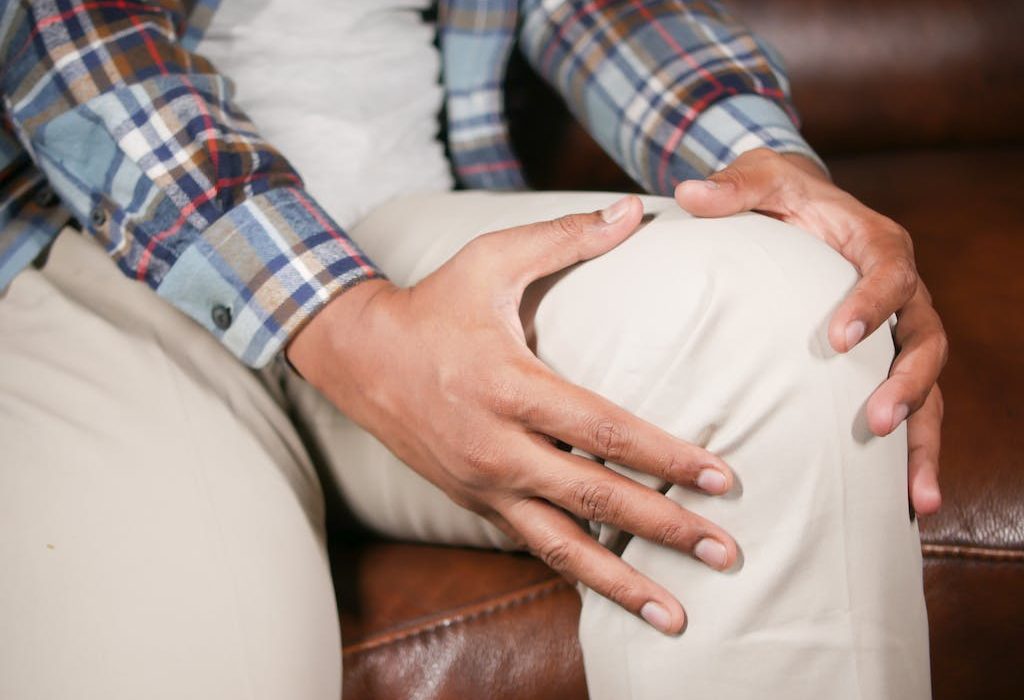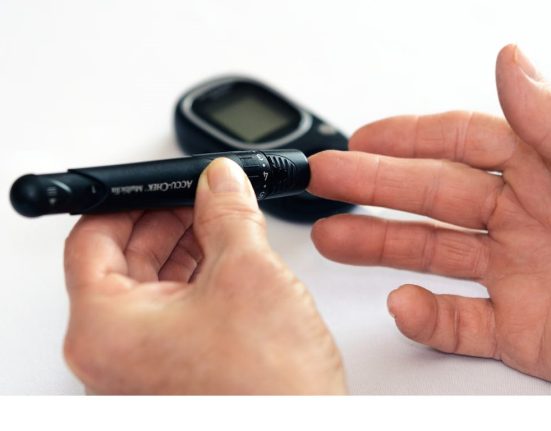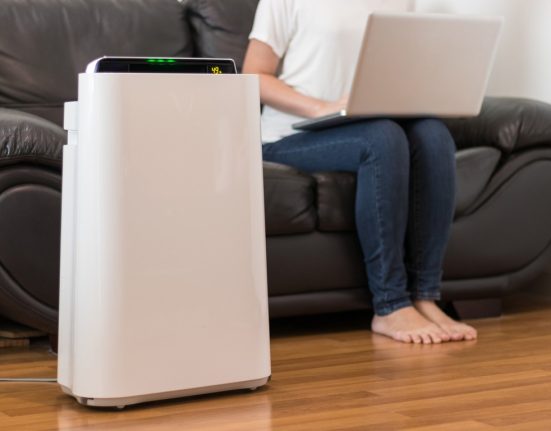Knee pain can be a debilitating condition that affects individuals of all ages, from athletes to older adults. Whether caused by injury, arthritis, or other underlying conditions, knee pain can significantly impact mobility and quality of life. While seeking medical advice is essential for proper diagnosis and treatment, there are several strategies you can incorporate into your daily routine to help alleviate knee pain and improve function. Let’s explore some effective tips for managing knee pain and finding relief.
Maintain a Healthy Weight
Excess weight can put added strain on your knees, exacerbating pain and discomfort. By maintaining a healthy weight through a balanced diet and regular exercise, you can reduce the load on your knees and alleviate pressure on the joints, leading to decreased pain and improved mobility.
Strengthen Muscles Around the Knee
Building strength in the muscles surrounding the knee joint can help provide added support and stability, reducing the risk of injury and relieving knee pain. Focus on exercises that target the quadriceps, hamstrings, and calf muscles, such as leg lifts, squats, and lunges. Consider working with a physical therapist to develop a customized exercise plan tailored to your needs and abilities.
Practice Low-Impact Exercises
Engaging in low-impact exercises such as swimming, cycling, and walking can help improve joint flexibility and strengthen the muscles around the knee without placing undue stress on the joints. These activities can help alleviate knee pain and improve overall function, making it easier to perform daily activities with greater ease and comfort.
Use Proper Form During Activities
Whether exercising or performing everyday tasks, using proper form and technique is essential for preventing injury and reducing knee pain. Avoid activities that place excessive strain on the knees, such as high-impact sports or heavy lifting. Instead, focus on activities that promote proper alignment and joint stability to minimize pain and discomfort.
Apply Ice and Heat Therapy
Ice and heat therapy can provide temporary relief from knee pain by reducing inflammation and improving circulation to the affected area. Apply an ice pack to the knee for 15-20 minutes several times a day to help alleviate swelling and numb pain. Alternatively, heat therapy, such as warm compresses or heating pads, can help relax muscles and increase blood flow to the knee, promoting healing and pain relief.
Consider Over-the-Counter Pain Relief
Over-the-counter pain relievers such as ibuprofen, acetaminophen, or topical analgesics can help alleviate mild to moderate knee pain and inflammation. However, it’s essential to use these medications as directed and consult with a healthcare professional if you have any underlying medical conditions or concerns about potential side effects.
Conclusion
Managing knee pain requires a multifaceted approach that addresses underlying causes while incorporating strategies to alleviate discomfort and improve function. By maintaining a healthy lifestyle, incorporating targeted exercises, using proper techniques during activities, and exploring pain relief options, you can effectively manage knee pain and regain control of your mobility and quality of life. Remember to consult with a healthcare professional for personalized advice and treatment recommendations tailored to your specific needs.







